In the figure ammeter (i) reads a current of 10mA, while the voltmeter reads a potential difference of 3V. What does ammeter (ii) (in mA) read? The ammeters are identical, the internal resistance of the battery is negligible. (Consider all ammeters and voltmeters as non ideal)
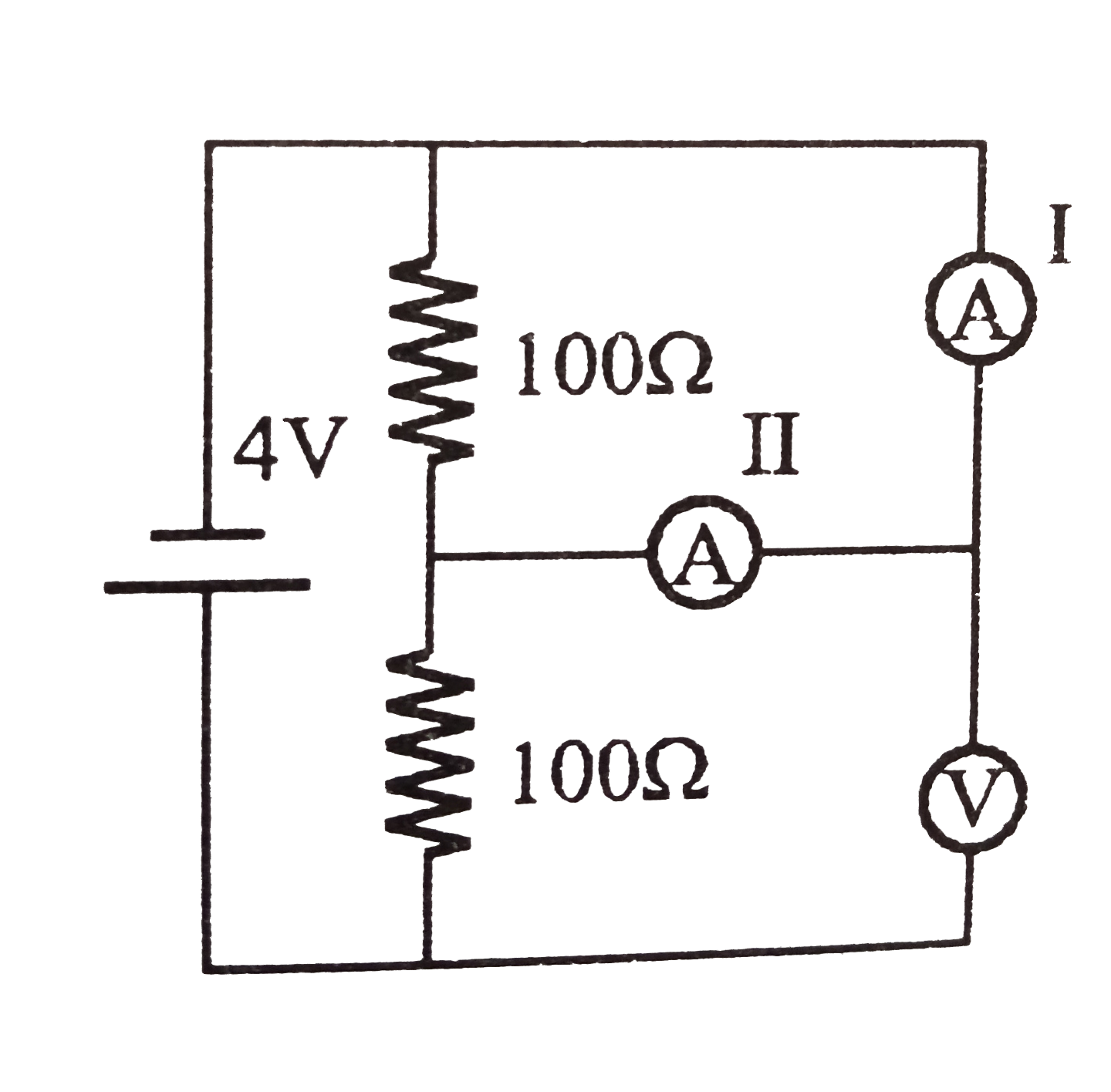
The correct Answer is:0006.66
Since voltmeter reading is 3V . So VB=1V Resistance of ammeter RA=110×10−3Ω=100Ω
Applying kirchhoff's first law at junction A∑I=0
0−x100+4−x100+1−x100=0
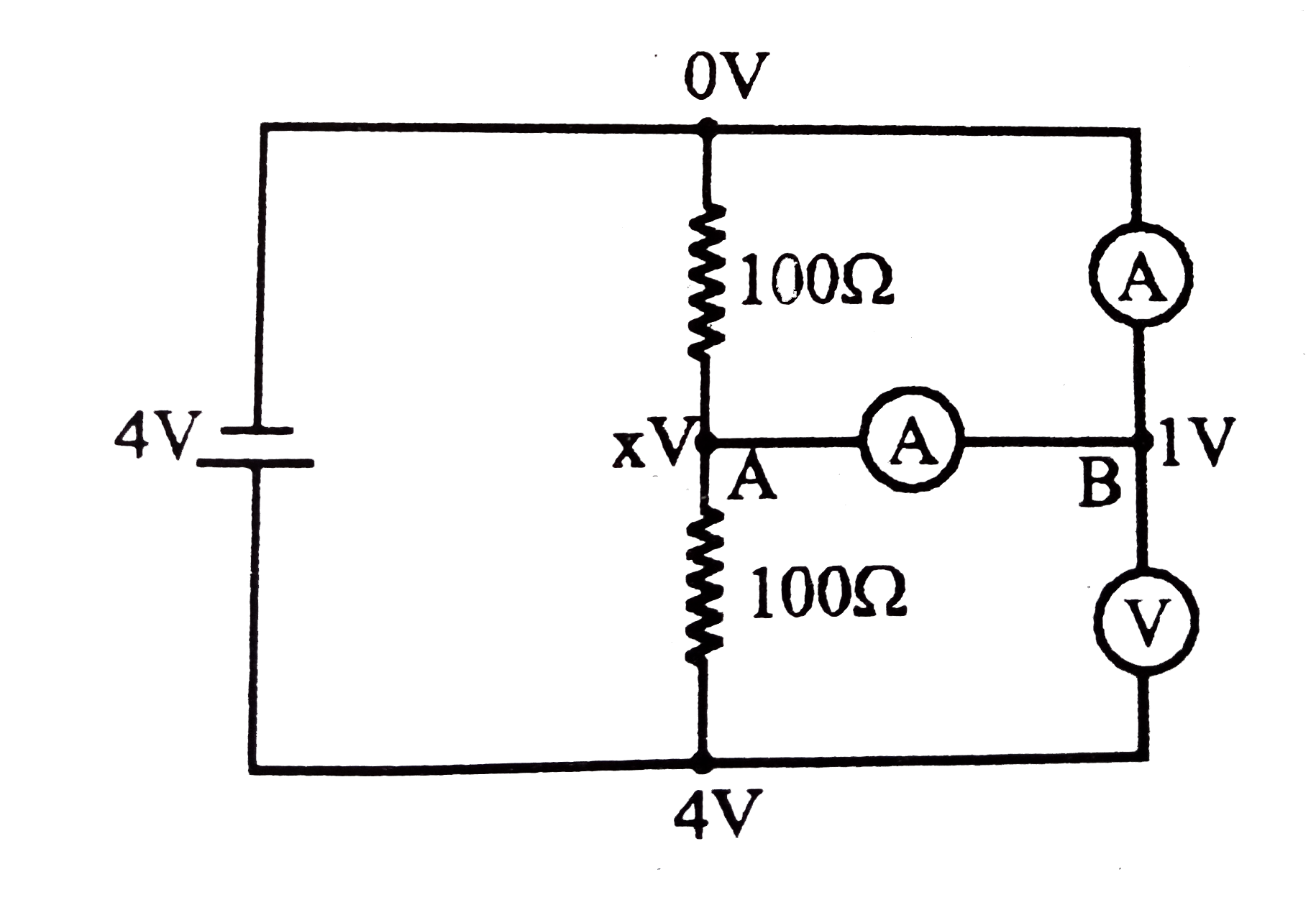
x=53 volt
Current through ammeter =(5/3)/−1100A=6.67mA
Similar Questions
In Fig. 6.76, the ammeter (I) reads a current of 10mA, while the voltmeter reads a potential difference of 3V. The ammeters are identical, and the internal resistance of the battery is negligible (consider all ammeters and voltmers as nonideal).
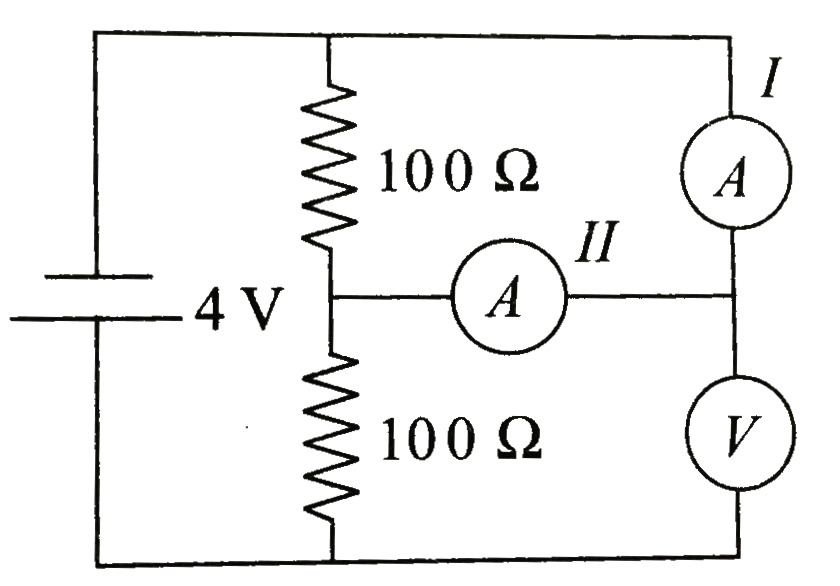
The resistance of ammeter is m×102Ω. What is the value of m ?View SolutionWhat is the resistance of ideal ammeter and ideal voltmeter?
View Solution
Knowledge Check
- Question 1 - Select One
In the above question, if the internal resistance of the battery is 1 ohm , then what is the reading of ammeter
A5/3AB40/29AC10/9AD1A - Question 2 - Select One
A ammeter of resistance 0.2Ω and range 10mA is to be used to read potential difference upto 1V. What is to be done?
A96Ω in seriesB92Ω in parallelC99.8Ω in seriesD90Ω in parallel - Question 3 - Select One
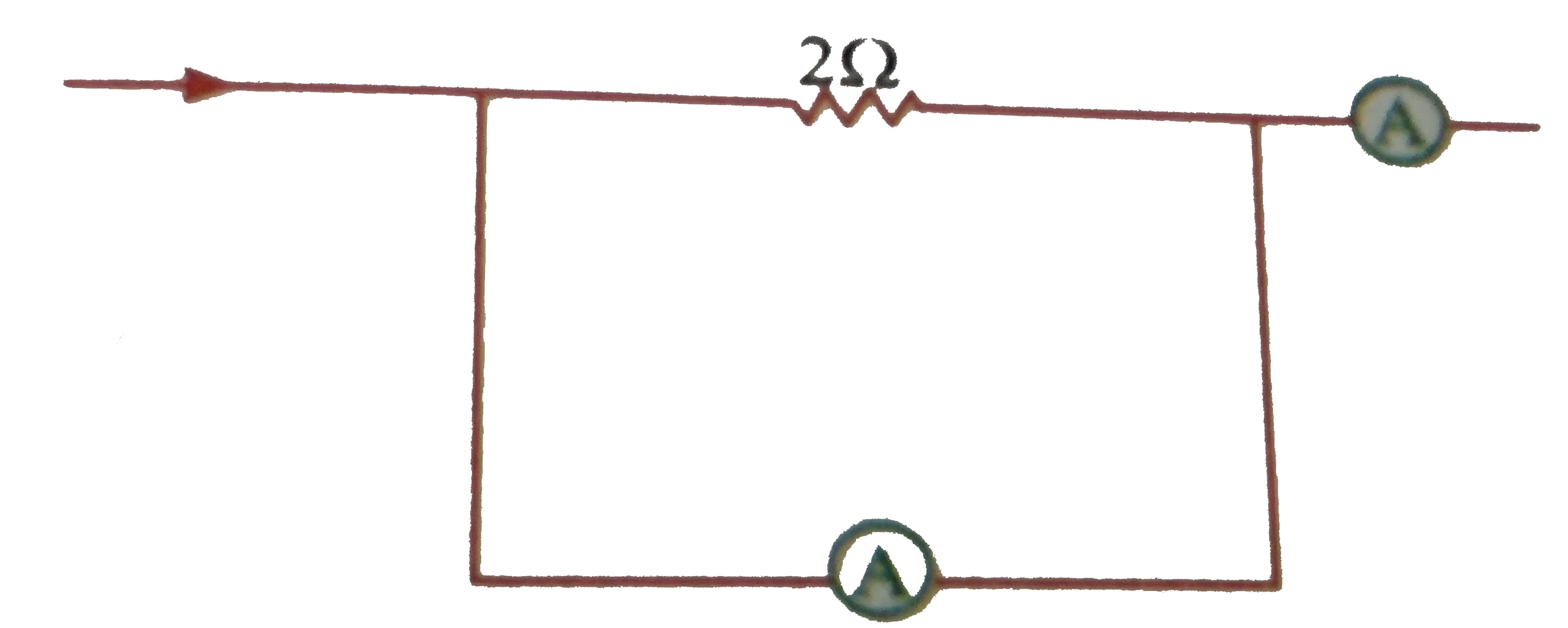
If the voltmeter reads 0.2 V and the ammeter reads 0.101A, the resistance of the voltmeter is (in ohm)A500B1000C200D400
What is the resistance of an ideal (i) ammeter, (ii) voltmeter ?
View SolutionIn given figure the ammeter A reads 5 A and voltmeter V reads 40 V. The actual value of resistance R is
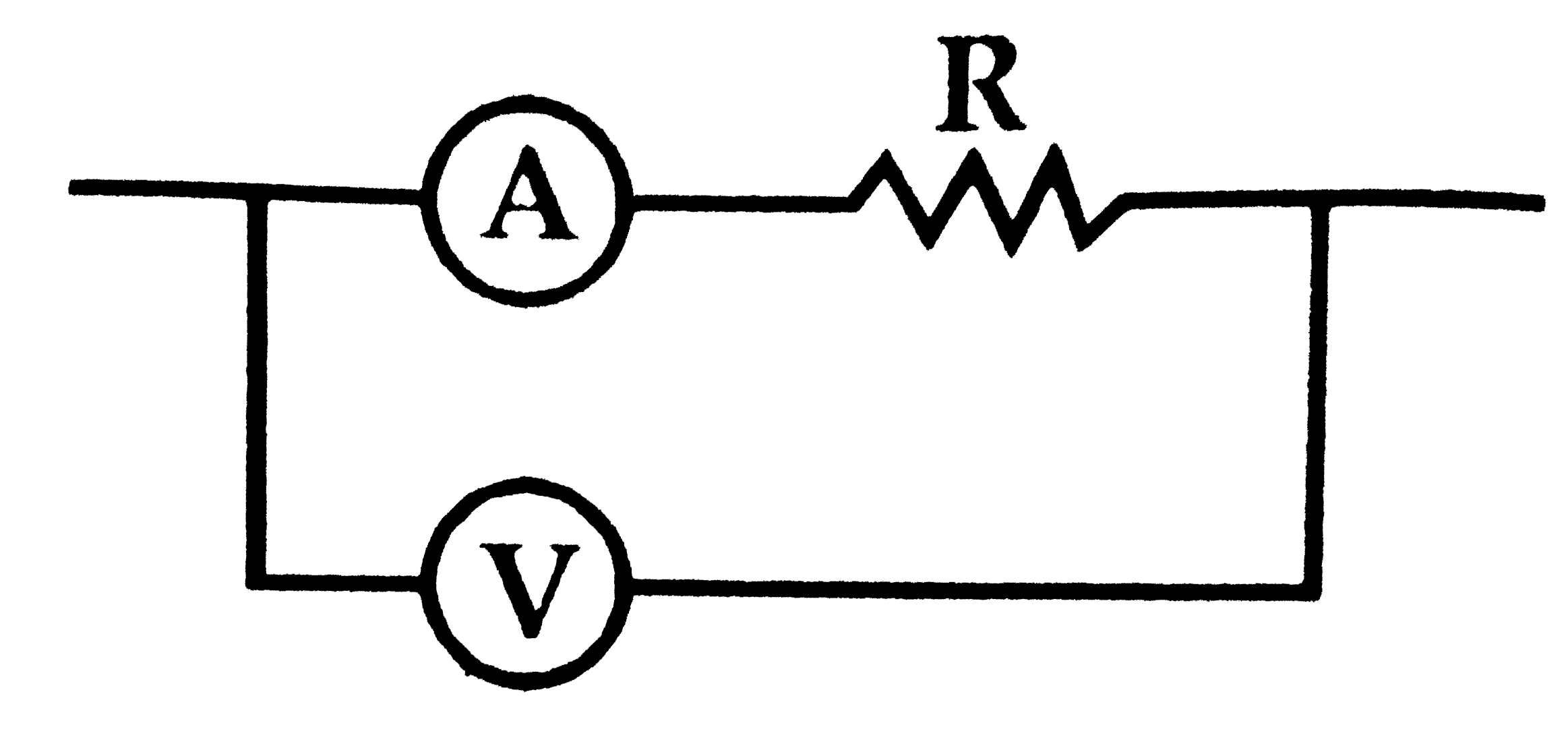 View Solution
View SolutionIf the resistance R1 is increased how will the reading of the ammeter and voltmeter change
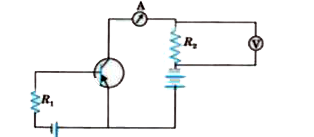 View Solution
View SolutionThe ammeter A reads 2A and the voltmeter V reads 20V, the value of resistance R is (Assuming finite resistance's of ammeter and voltmeter)
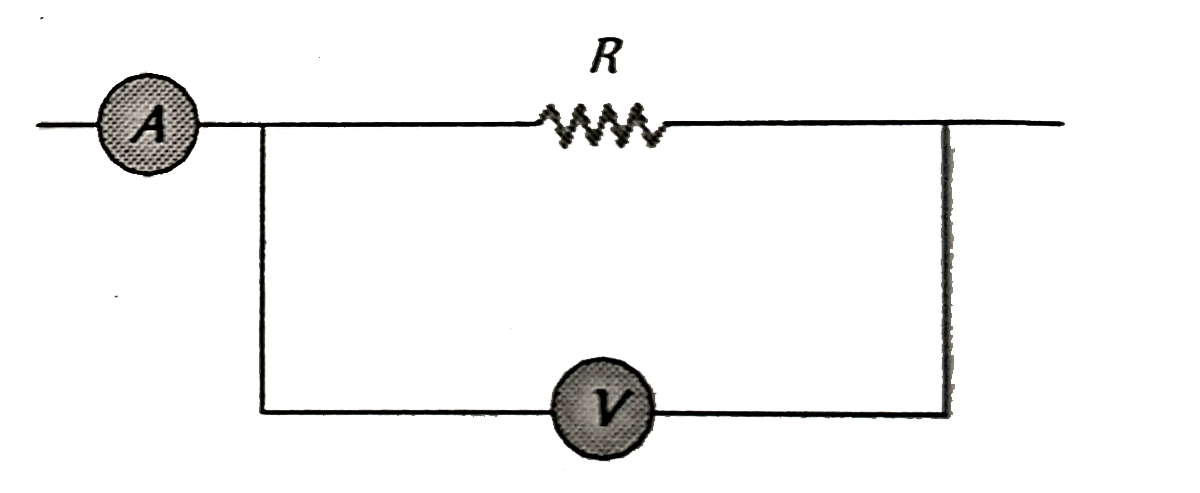 View Solution
View SolutionThe reading of the ideal ammeter will be (Resistance of ideal ammeters is zero)
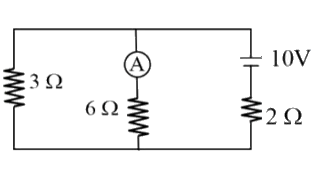 View Solution
View Solution

